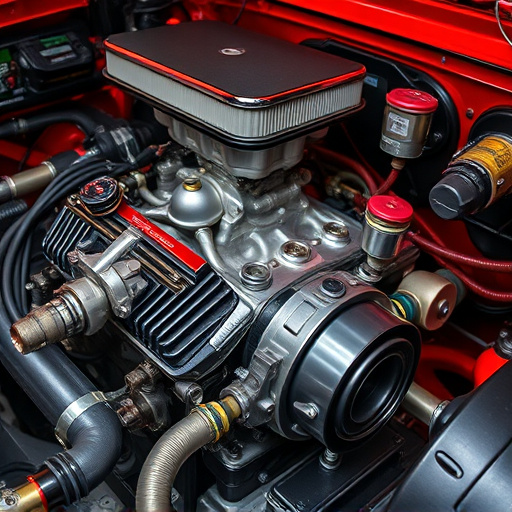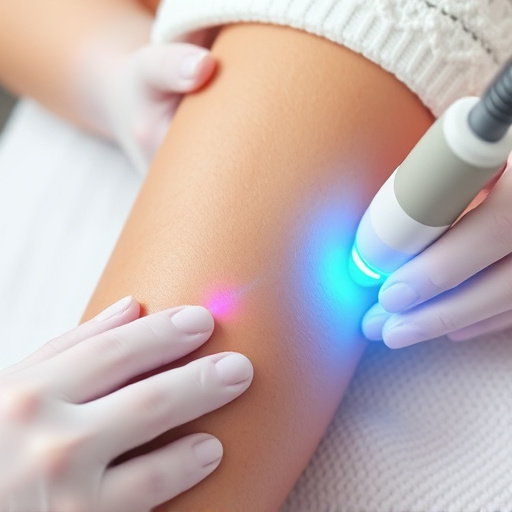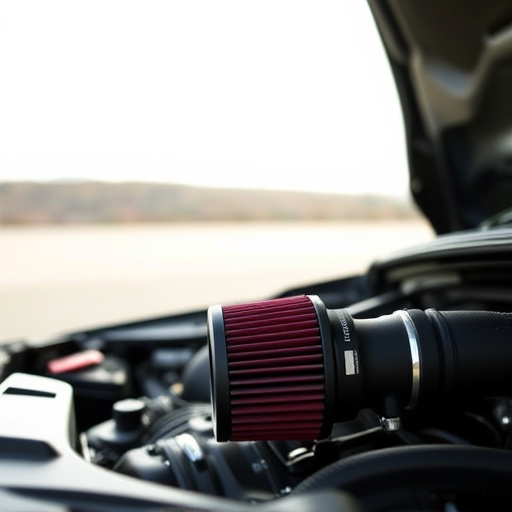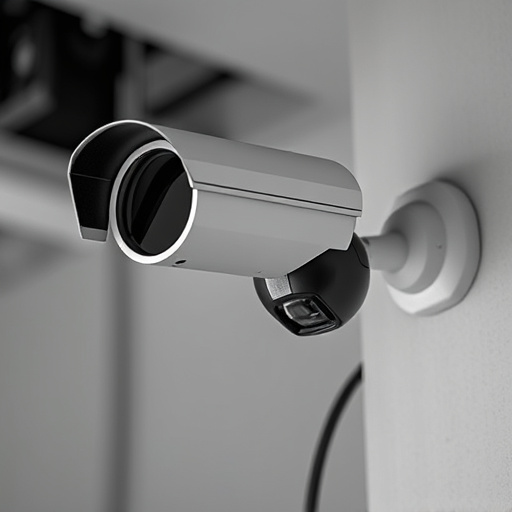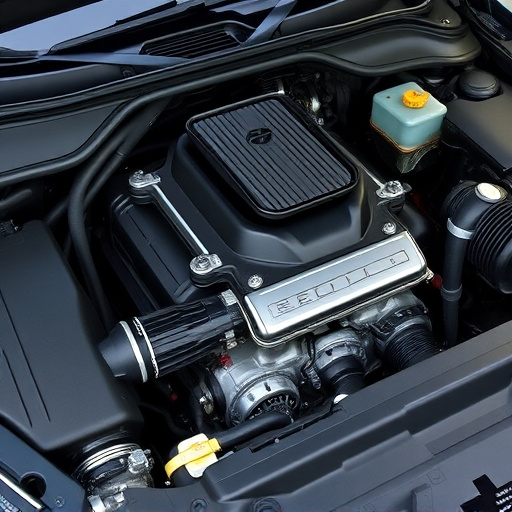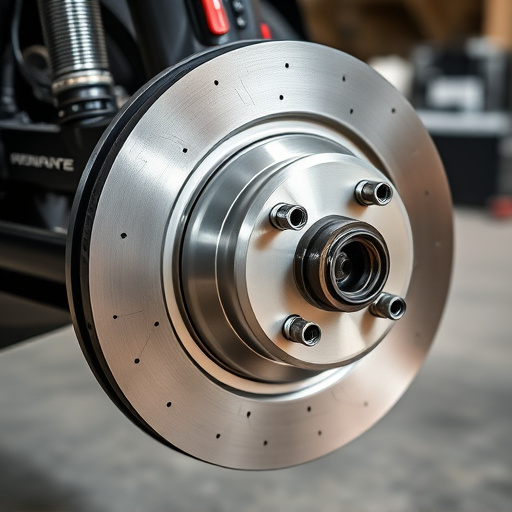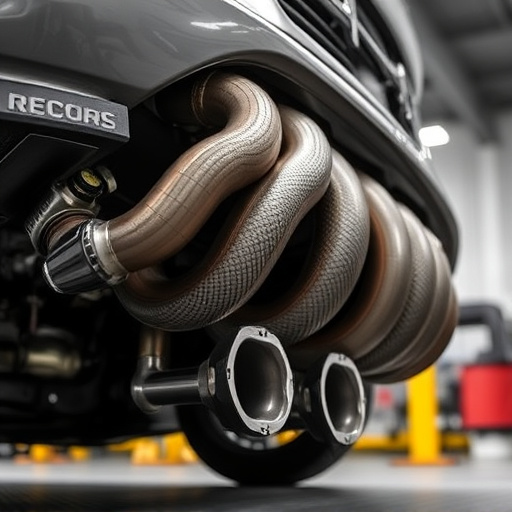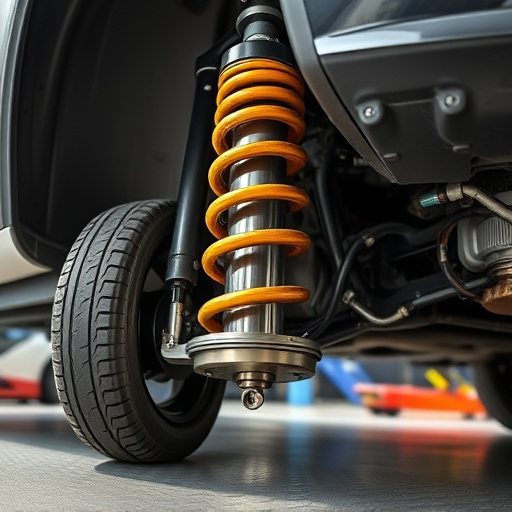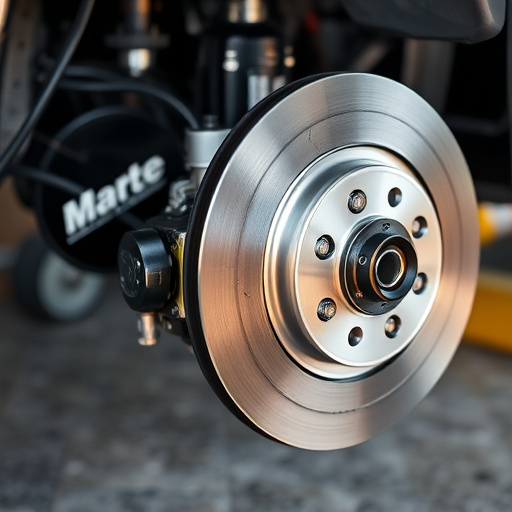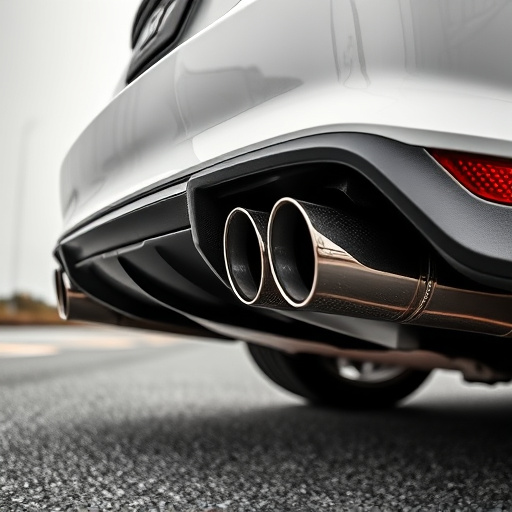Retractable tonneau covers protect truck beds from debris, water, and sun damage while enhancing aesthetics. Test watertightness with pressure gauge and distilled water spray in a controlled environment. Regularly inspect and maintain covers to ensure a waterproof barrier and preserve vehicle integrity.
Testing the watertightness of your retractable tonneau cover is crucial for ensuring optimal protection for your vehicle’s bed. This comprehensive guide walks you through the process, from understanding the unique structure of these covers to executing a thorough water tightness test. We’ll outline the necessary preparation and equipment, providing step-by-step instructions for a successful test. By following these steps, you can ensure your retractable tonneau cover performs reliably in all weather conditions.
- Understanding Retractable Tonneau Covers' Structure
- Preparation and Equipment for Water Testing
- Executing the Water Tightness Test Step-by-Step
Understanding Retractable Tonneau Covers' Structure

Retractable tonneau covers are designed to protect your truck bed from elements and enhance the overall aesthetics. Comprising a fabric canopy that can be rolled up or down, they’re typically operated by a crank mechanism or electric motor. The structure involves a frame that secures along the bed’s perimeter, often featuring tension springs for a snug fit. This design allows for easy access to your truck bed while providing a secure barrier against debris, water, and sun damage.
Understanding how these covers function is key to testing their watertightness. The seal between the cover and bed rim is crucial, as it prevents water intrusion. Some models incorporate additional features like magnetic seals or rubber gaskets for enhanced security. Just like high-performance components like cat back exhausts, cold air intakes, or advanced performance air filters, retractable tonneau covers are designed to offer both functionality and style, making them a popular choice for truck owners looking to protect their cargo and maintain a clean, sleek look.
Preparation and Equipment for Water Testing

Before testing the watertightness of retractable tonneau covers, proper preparation and the right equipment are essential. This involves gathering specific tools designed to simulate real-world conditions, such as a pressure gauge to measure water resistance and a spray bottle filled with distilled water for an effective test without causing damage. Additionally, ensure you have access to a large container or pool to create a controlled environment that mimics open-air exposure.
A crucial step in the preparation is securing the retractable tonneau cover over the container or pool, replicating its actual installation. Once positioned, connect your pressure gauge and carefully begin spraying the cover with distilled water from the spray bottle. Observe any leaks or entry points for water, focusing on seams, edges, and fastening mechanisms, as these are common areas of concern for retractable tonneau covers.
Executing the Water Tightness Test Step-by-Step

To execute the water tightness test on your retractable tonneau covers, start by thoroughly cleaning and drying the cover to ensure no debris or moisture remain. Next, fill a large container with water, ensuring it’s deep enough to fully submerge the cover when closed. Place the cover into the water, ensuring all seams and edges are completely submerged. Observe for any signs of leaks or water penetration after a set period, usually 10-15 minutes. If no leaks are detected, proceed to test other potential entry points like the latches and seals. For added assurance, you can also perform a visual inspection for any loose threads or damage that could create weaknesses.
Once the initial test is complete and no major issues are found, focus on identifying and addressing any minor leak points. This might involve tightening seals or re-applying weatherstripping around the edges. Remember, the goal is to ensure your retractable tonneau covers provide a secure barrier against the elements, so be diligent in your testing and repairs. Consider that proper maintenance of key components like brake rotors and cat back exhaust systems can also contribute to overall vehicle integrity, reinforcing the need for thorough water tightness tests.
Testing the water tightness of retractable tonneau covers is a crucial step in ensuring their effectiveness and longevity. By understanding the structure of these covers and preparing with the right equipment, you can confidently execute a thorough test. Following the step-by-step guide provided, you’ll be able to identify any potential issues, confirming whether your retractable tonneau cover provides an impenetrable barrier against water intrusion. This simple process is a game-changer in maintaining the integrity of your vehicle’s exterior and protecting its interior from unwanted moisture.

